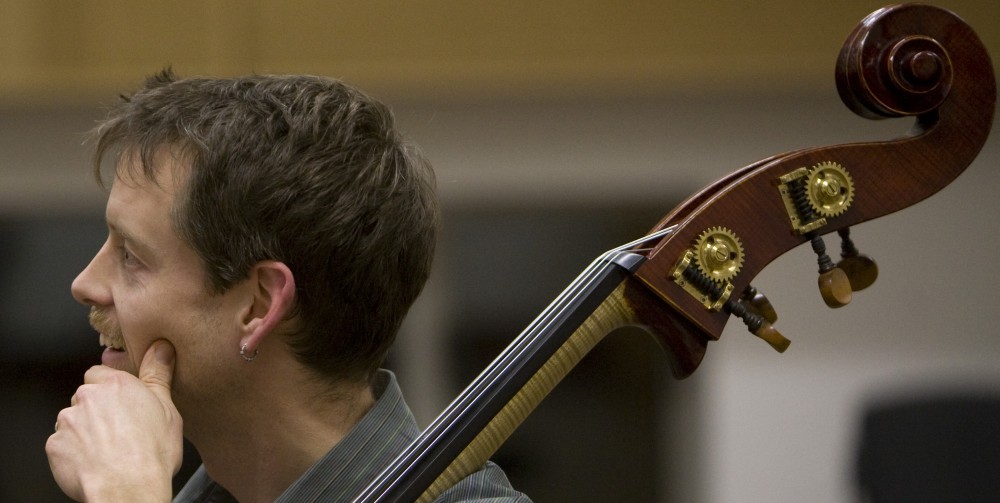People are impressed by a display of technique, but what is more impressive of course is when technique is not displayed. As a student I admired greatly the tense sinewy arms and fingers exhibited by many bassists and the furrowed brow and gritted teeth that went with a manly approach to bass-playing. In fact, aches and pains in limbs and back were badges of honour, as was having a lop-sided frame with misaligned hips and shoulders. Abrupt, mechanical shifts and a rigidly positioned left hand showed discipline and demonstrated your commitment to conquering this beast. It was easy to be impressed and to inadvertently emulate this approach.
But It dawned on me after concluding my formal education that I had misunderstood the essence of technique: technique is not to allow you to play hard things but rather to make hard things easy (a subtle but very significant shift of emphasis). This ought to have been obvious, maybe; and if not, it ought to have been pointed out. Fine string players never seem to be having difficulty, and virtuoso rock guitarists have to remember to pull faces to remind the impressionable audience that what they are doing is tricky. Technique should be invisible and fluid, more about losing unwanted movements than adding required ones. An easy manner will minimise the instrument’s role in determining what is communicated; focus should be on the message, not the medium. You can of course stick out your tongue and frown for effect…

Ah but you have the sinewy fingers all right!
Slowhand Clapton is the model of effortless technique. His fingers are always there already, like a cueball lined up for the next pot.